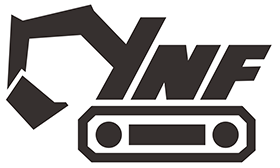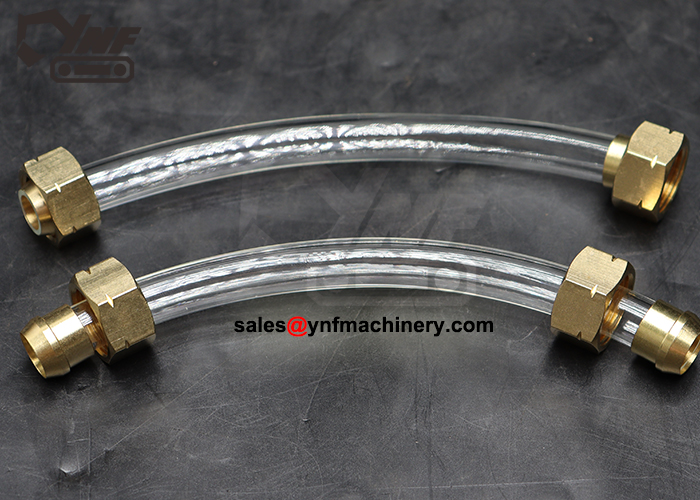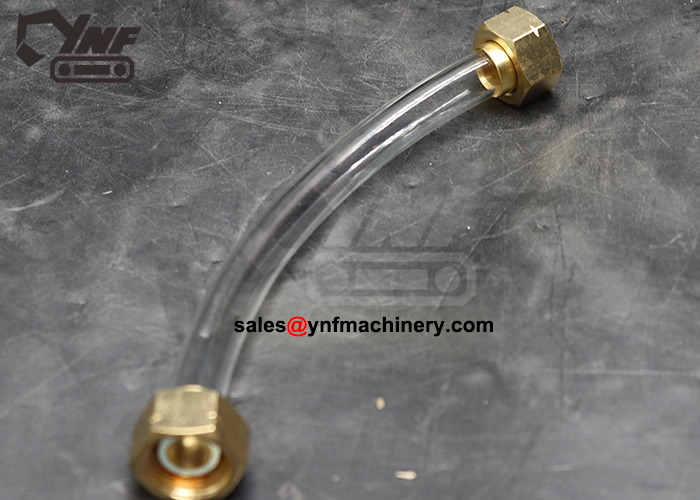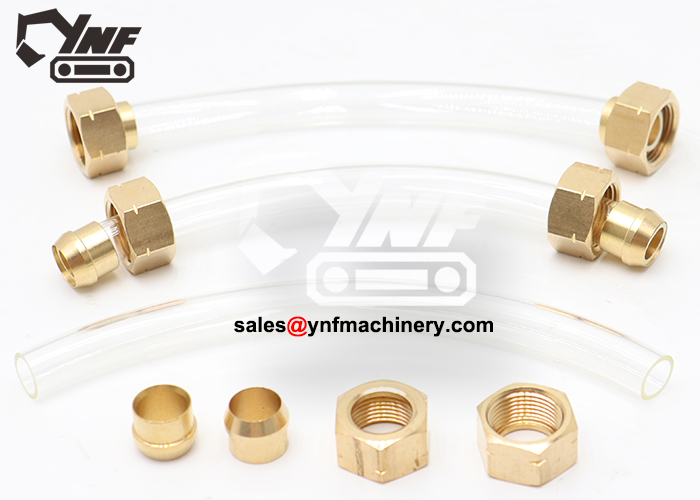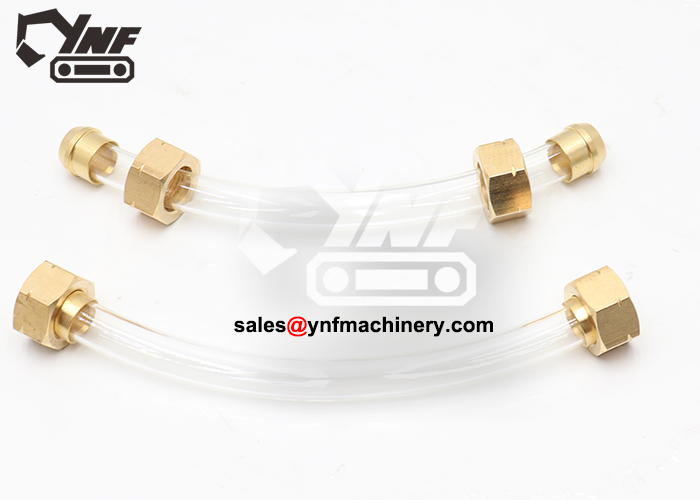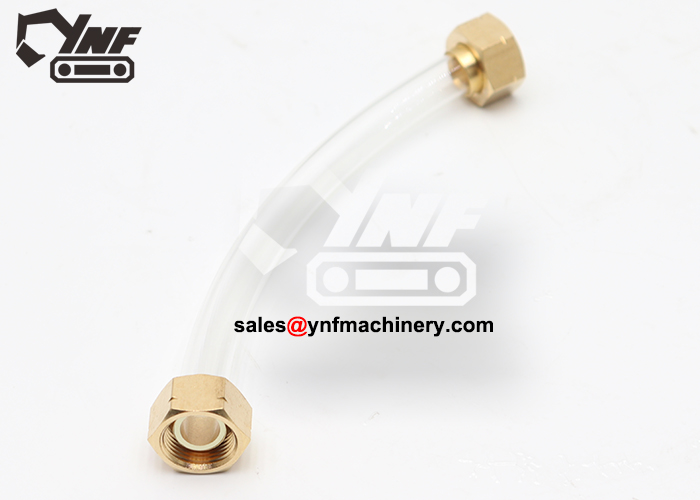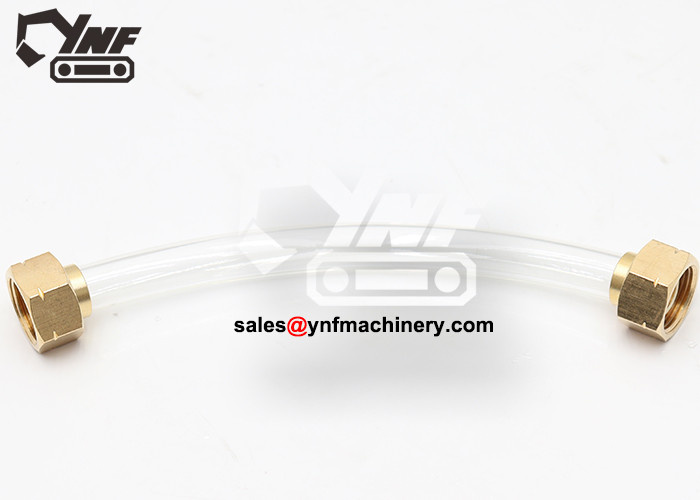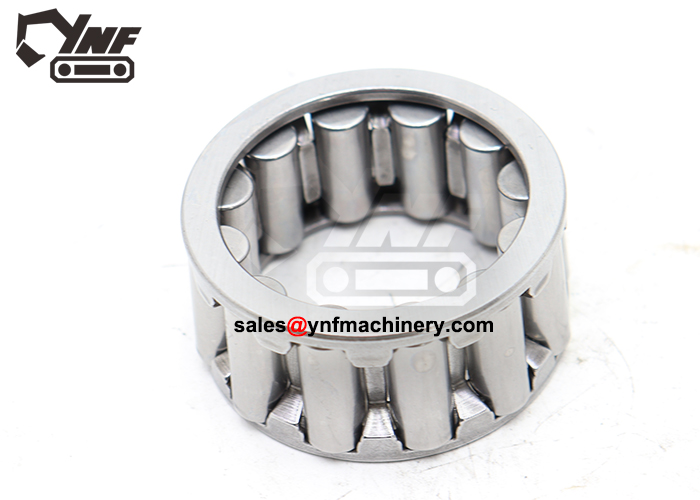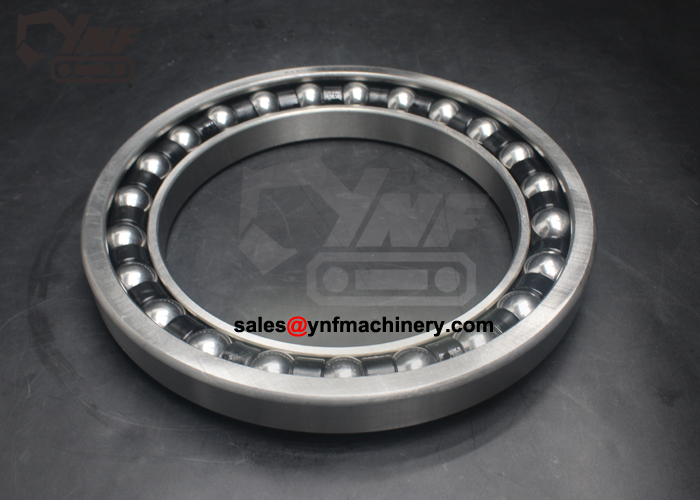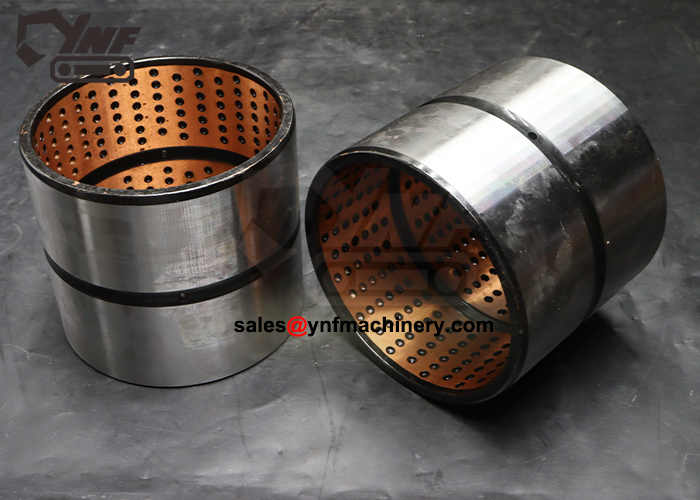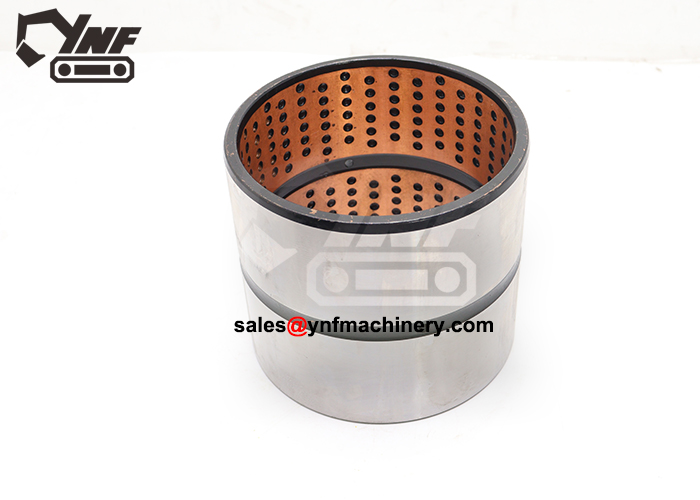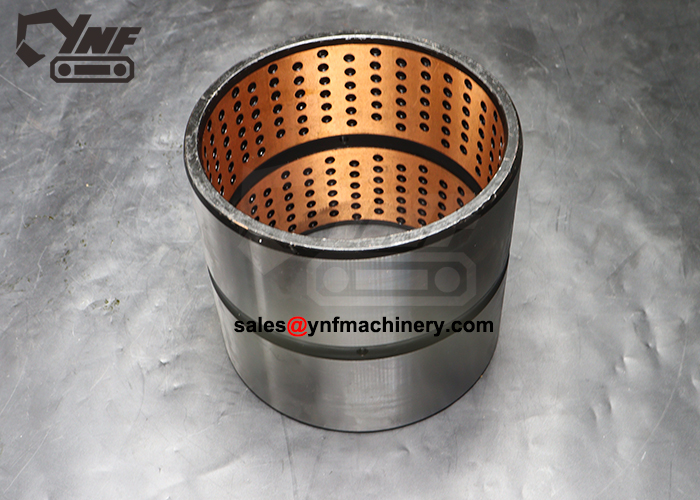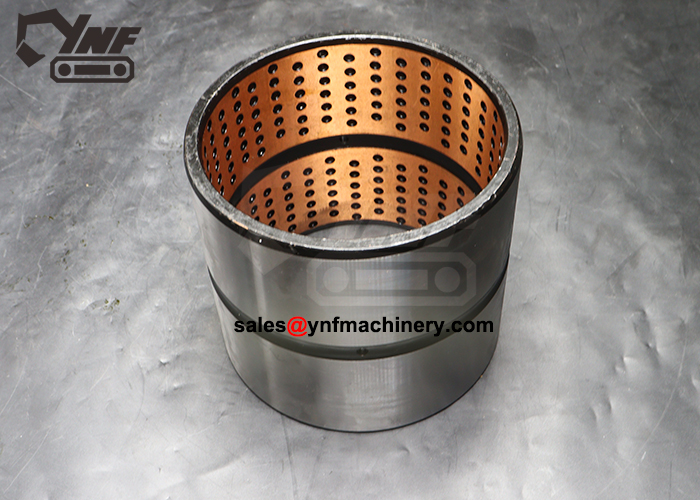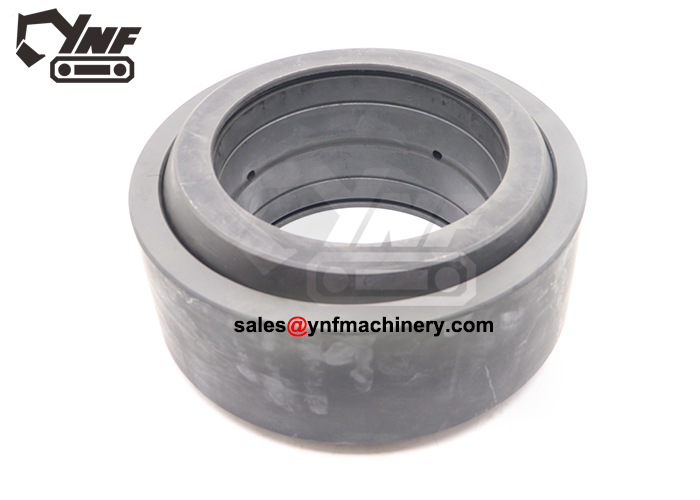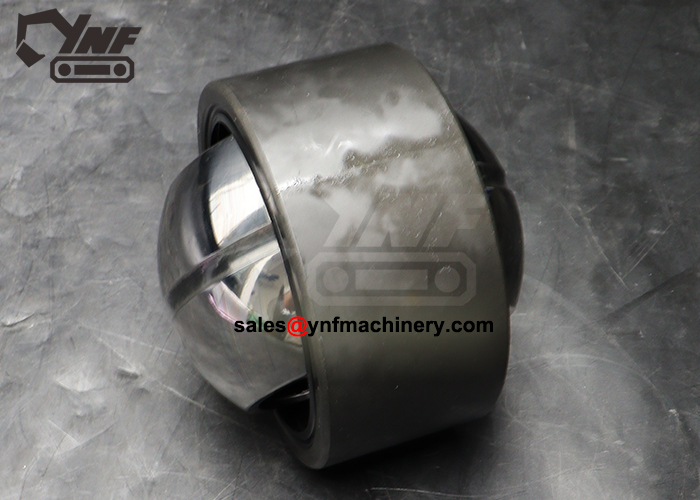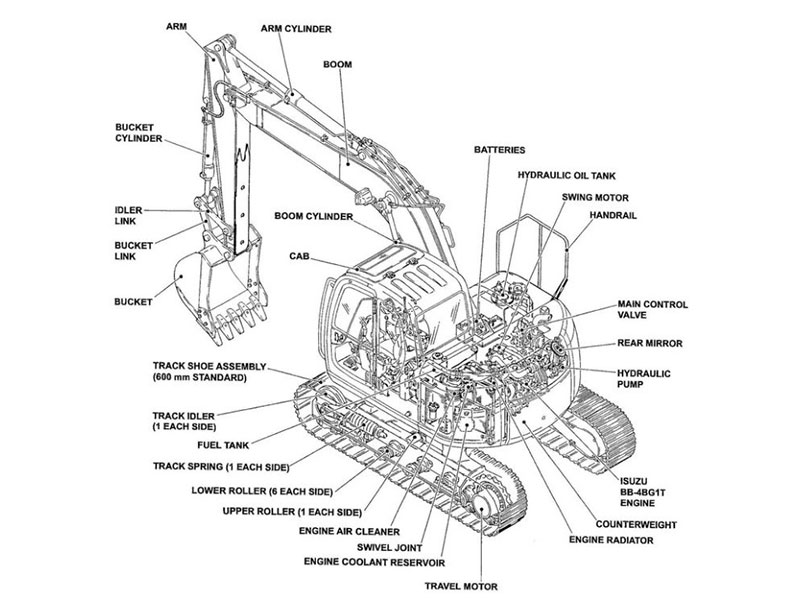What is an excavator oil dipstick used for?
An excavator oil dipstick, also known as an oil gauge tube or oil level dipstick, is a critical component in hydraulic and engine systems. It is primarily used to measure the oil level within the hydraulic reservoir or engine crankcase, ensuring that the equipment operates under optimal lubrication conditions. Maintaining proper oil levels helps prevent wear, overheating, and potential failure of key components. Especially for high-performance machines like the Komatsu PC200-8, an accurate dipstick enables preventive maintenance, which is essential for long equipment life and minimal downtime on job sites. In B2B operations, using reliable oil dipsticks reduces the frequency of emergency repairs and improves service efficiency.
Related Products
For a complete maintenance solution on Komatsu PC200-8 excavators, customers often purchase the following components together with the oil dipstick tube:
-
Komatsu PC200-8 Hydraulic Hose: Ensures leak-free oil transmission in the hydraulic circuit.
-
Komatsu PC200-8 Oil Tank Cap: Seals the reservoir and maintains system pressure.
-
Komatsu PC200-8 Pressure Sensor: Monitors real-time pressure levels and supports machine diagnostics.
Each of these products is designed for precise compatibility with PC200-8 models and supports smooth operation in demanding job environments.
FAQs: How to replace Komatsu oil dipstick tube?
Q1: What tools are needed for replacing the oil dipstick tube?
A: Typically, a basic toolset including wrenches, screwdrivers, and possibly a socket set is sufficient.
Q2: Do I need to drain the oil before replacing the tube?
A: It is not always necessary to drain all the oil, but lowering the oil level below the tube inlet is recommended to avoid spills.
Q3: How long does the replacement take?
A: For experienced technicians, replacing the dipstick tube takes around 15–30 minutes.
Q4: Should I use OEM parts or aftermarket replacements?
A: We recommend high-quality aftermarket parts like those from YNF Machinery, which match or exceed OEM standards at a more competitive price.
Q5: Can this be done on-site or in a workshop only?
A: Yes, this procedure can be done on-site as long as safety precautions are followed and the machine is not operating.
